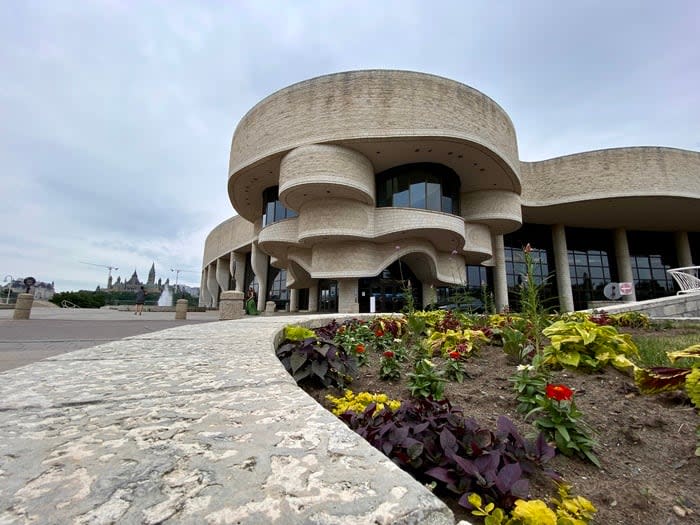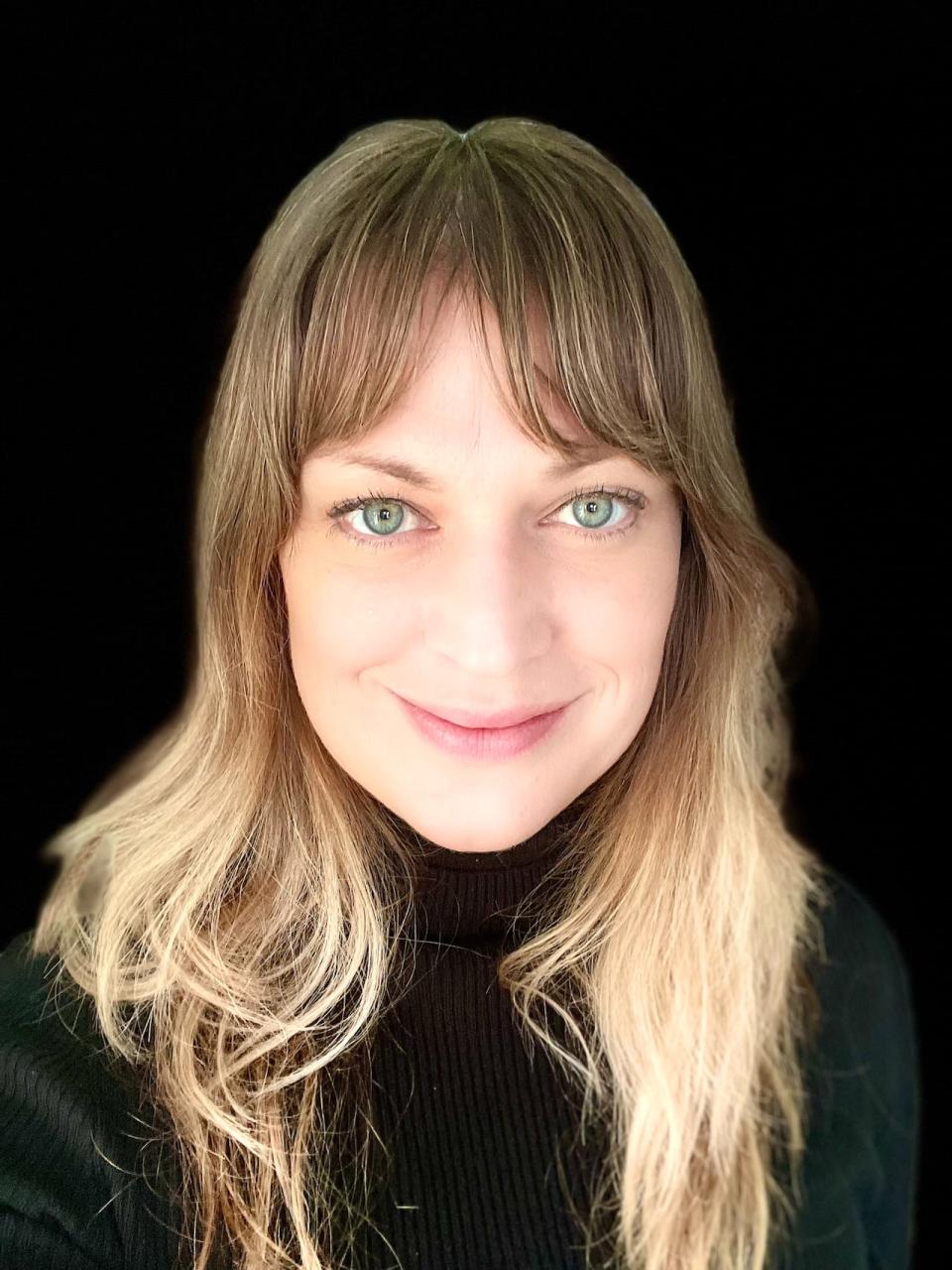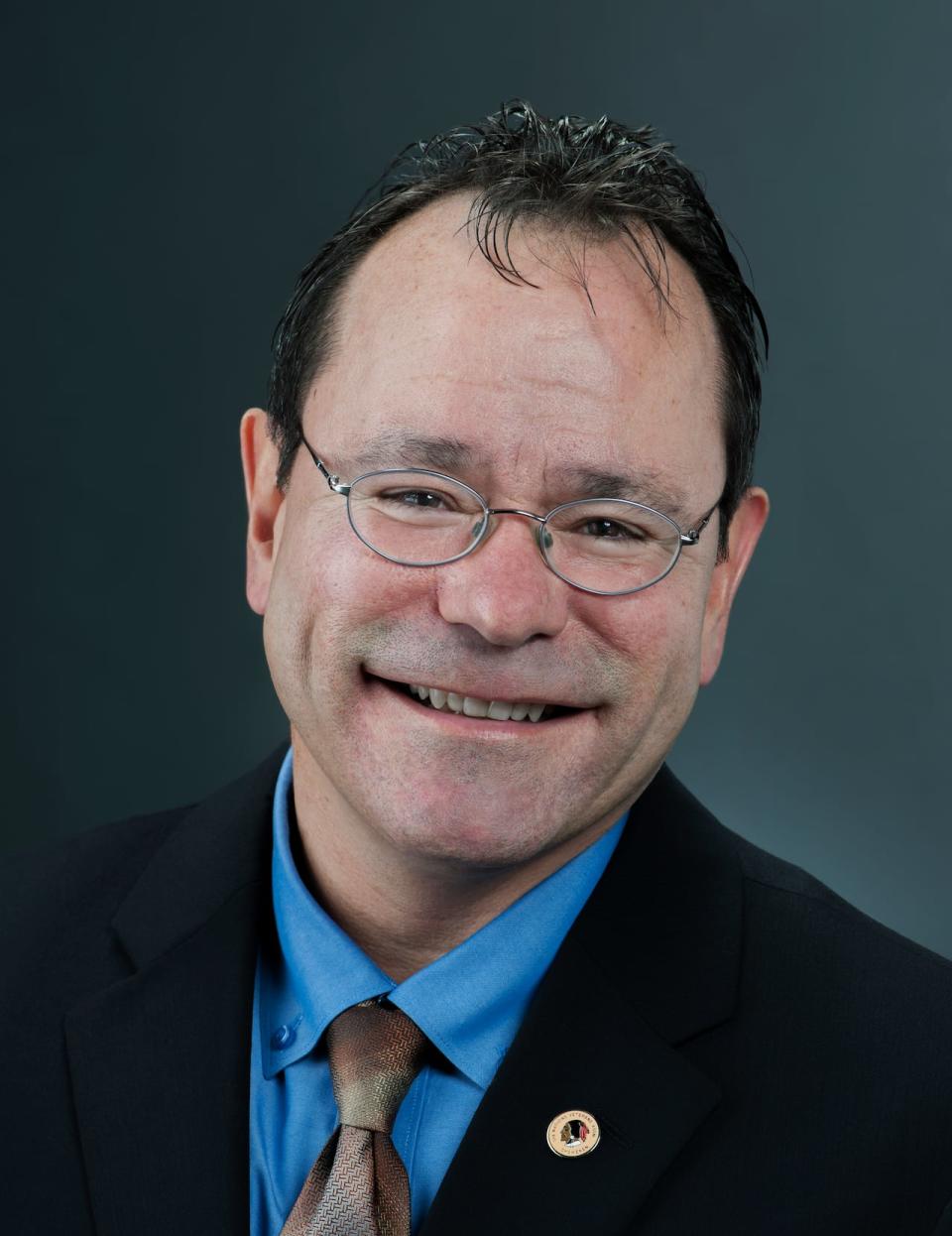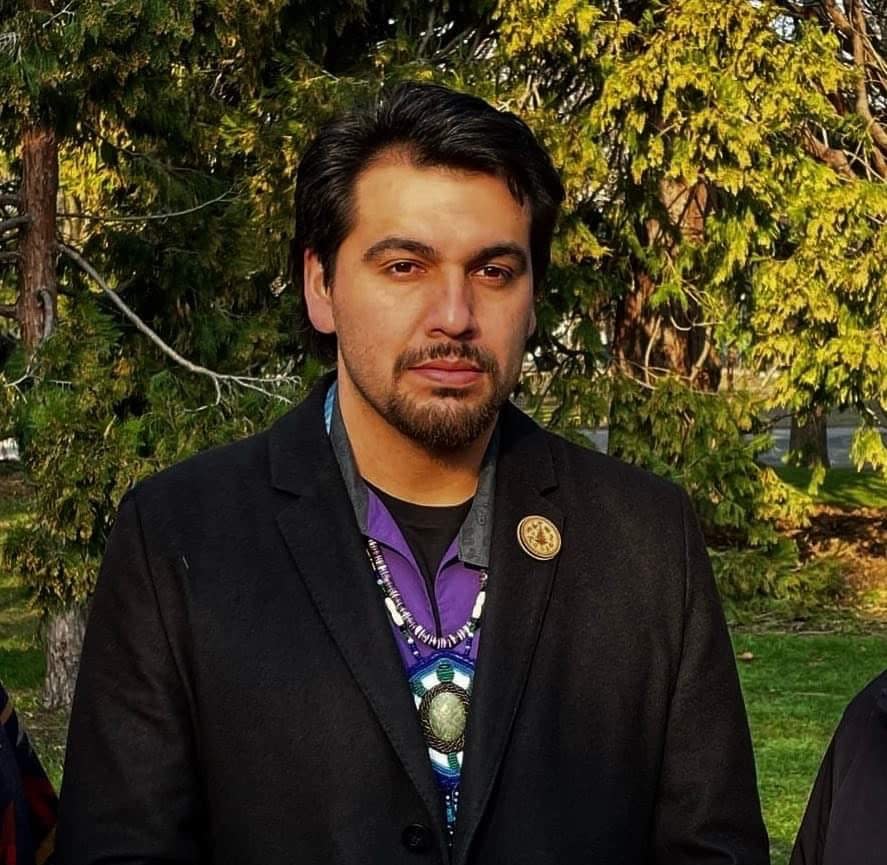Canadian museums still working on repatriation policies as U.S. museums shut down Indigenous exhibits

As museums and galleries across the United States shutter exhibits featuring Indigenous remains and cultural objects, some Canadian museums are still working on updating their repatriation policies.
Earlier this year, new regulations under the Native American Graves Protection and Repatriation Act (NAGPRA) came into effect, which require institutions to obtain permission from tribes to display remains and cultural objects.
In January, the American Museum of Natural History in New York closed two halls dedicated to Indigenous cultures of North America and in other parts of the museum, covered cases that contained Indigenous artifacts.
"The Halls we are closing are vestiges of an era when museums such as ours did not respect the values, perspectives, and indeed shared humanity of Indigenous peoples," museum president Sean Decatur said in a public statement.
"Actions that may feel sudden to some may seem long overdue to others."
In Canada, a 2019 Government of Canada Survey of Heritage Institutions indicated there were 6.7 million Indigenous cultural artifacts in Canadian museums and an estimated 2,500 ancestral remains.
Stephanie Danyluk, senior manager of community engagement for the Canadian Museums Association, says repatriation happens on an "ad hoc basis."
"It still really is up to museums about how they want to approach and pursue repatriation," she said.

Stephanie Danyluk is the Canadian Museums Association's senior manager of community engagement and co-authored the 2021 report, Moved to Action: Activating UNDRIP in Canadian Museums. (Submitted by Stephanie Danyluk)
She co-authored a report in 2021 on aligning national museum policies with the UN Declaration on the Rights of Indigenous Peoples, in response to the Truth and Reconciliation Commission's Call to Action 67. She said the overwhelming concerns she heard while consulting with Indigenous communities were around repatriation.
According to the report, the "plundering" of Indigenous nations in Canada was "motivated by genocidal policies and practices of the Canadian government."
"The removal of ancestral remains and cultural belongings happened in conjunction with land dispossession, forced relocation, and attempted erasure of Indigenous nations," the report said.
Danyluk said there was an idea that Indigenous people were unable to care for their own cultural belongings, and museums thought they knew better how to preserve them.
Cost is one of the biggest hindrances to implementing a national repatriation framework, Danyluk said. She said the labour and cost on the part of the Indigenous community to get their items and remains back has to be accounted for.
She estimated the cost to return a Nisga'a totem pole from Scotland in 2023 at around $1 million just for the flight and said the Haida Nation spent over $1 million of their own money to facilitate the return of a few hundred of their belongings and ancestors.
Canadian Museum of History
John Moses, a member of the Delaware and Upper Mohawk bands at Six Nations, is the director for repatriation and Indigenous relations at the Canadian Museum of History in Gatineau, Que. He said he's familiar with NAGPRA, having worked at the National Museum of the American Indian in New York in the mid-90s when the act was relatively new.

John Moses, a member of the Delaware and Upper Mohawk bands at Six Nations, is the Canadian Museum of History's director of repatriation and Indigenous relations. (Submitted by John Moses)
Moses said the Museum of History's current repatriation policy was created in 2001 and is currently under review for accordance with UNDRIP.
Moses said the museum has a "long colonial history going back to 1856." He said Indigenous exhibits are the "architectural centrepiece of the building," but every exhibit currently on display was vetted by the appropriate Indigenous consultants and advisors.
Repatriation currently occurs through a number of channels at the Museum of History, said Moses, including involvement with Canada's modern treaty process where he says the museum has a seat at the table as one of the federal partners.
Most recently, the museum gave back items belonging to Chief Poundmaker to members of his family at Poundmaker Cree First Nation in Saskatchewan.
Sacred items such as Potlatch materials from West Coast nations that had been seized under the old Indian Act restrictions have also been returned by the museum.
Museums going through cultural shift
Brennen Ferguson, who is Tuscarora and works with the Haudenosaunee External Relations Committee, has overseen the repatriation of artifacts to the Haudenosaunee from museums and galleries.
He said museums in the U.S. stalled in implementing NAGPRA for decades, with non-compliance in a number of ways, including not properly inventorying items and mislabelling others.

Brennen Ferguson, who is Tuscarora and works with the Haudenosaunee External Relations Committee, has overseen the repatriation of artifacts and sacred items to the Haudenosaunee from museums and galleries. (Submitted by Brennen Ferguson)
For example, he said museums could label items as "Iroquois" or "Haudenosaunee" and because there's no U.S. federally recognized "Haudenosaunee" tribe or nation, no one needs to be contacted. He said to surmount this, the Haudenosaunee have designated a member of the confederacy, Onondaga Nation, as a representative for all Haudenosaunee.
But Ferguson said he's seen a shift in museum culture. He said the newer generation of museum workers and directors has a different kind of respect compared to their predecessors.
"Their director retires, a newer, younger person gets promoted to director, and right away they do an inventory and contact us," he said.
"They're just complying with the law and they're willing to do so respectfully rather than, you know, dragging their feet."

 Yahoo News
Yahoo News 
